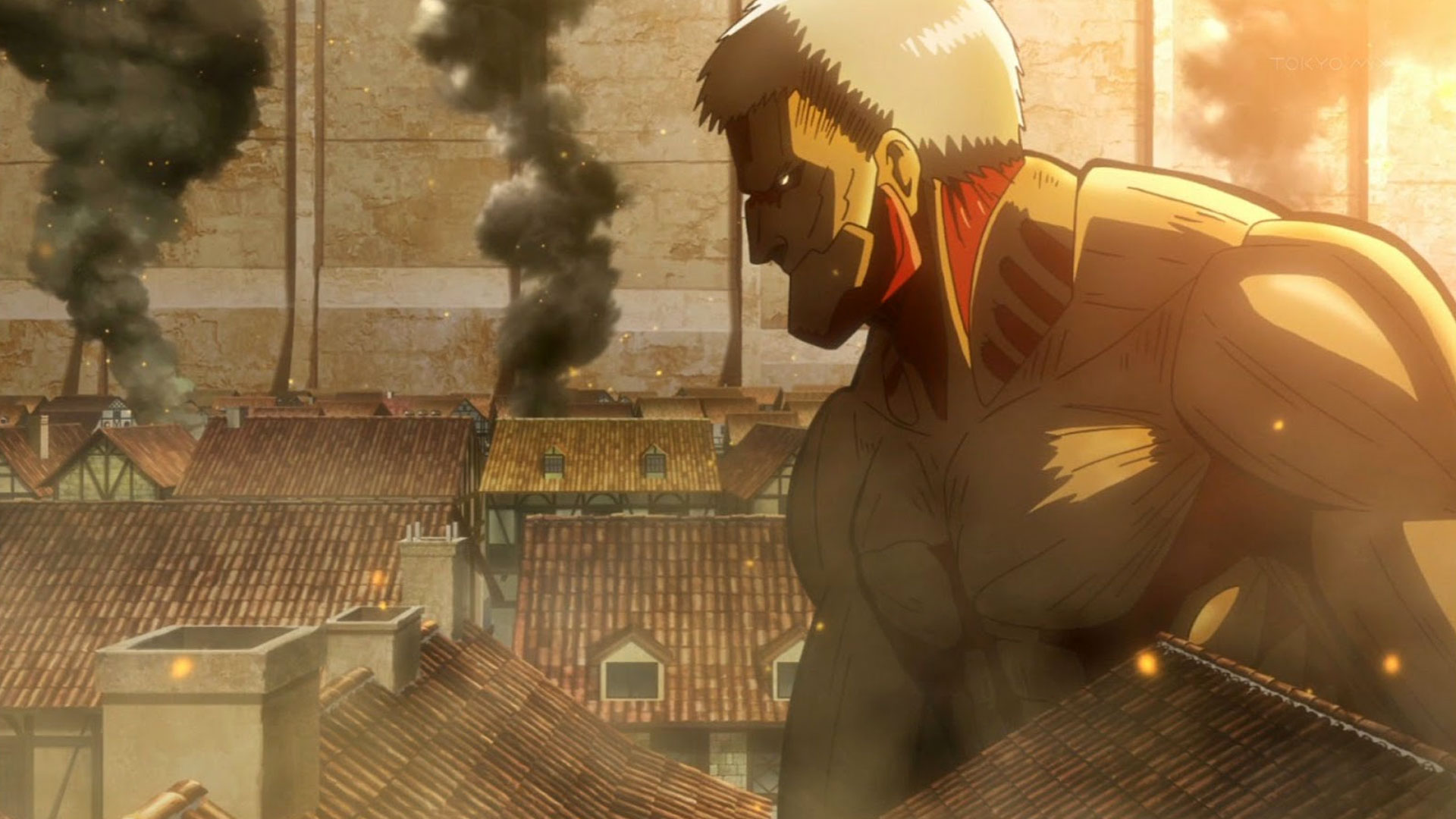Everything just felt more believable.
Summary:
- Attack on Titan used to have exceptional worldbuilding.
- Isayama paid a lot of attention to detail.
- Season 4 is much worse at that.
The worldbuilding during the first seasons of Attack on Titan (Shingeki no Kyojin) was incredible. Paradis, its people and all the mechanics and techniques were truly believable, and sometimes you didn’t even notice small details that could make you go “of course that’s how it works” later.
The world feels natural
.jpg)
The most unique thing about the worldbuilding of Attack on Titan was that it didn’t need endless dialogs and lore explanations to set some things for the reader or viewer. The series doesn’t have the simplest of lores, but somehow Isayama always managed to make everything look believable. Everything makes sense. The social and political structures, like the series having the Military Police Brigade that guards the inhabitants of the inner wall, or the Survey Corps that explore the world outside of the walls.
The series doesn’t explain how the ODM gear works with scrupulous precision, it shows you how it’s done instead. You see the device, you see the scouts needing gas to work it, and see the cords, you understand. Even tiny details that would probably be ignored in another series is shown in Attack on Titan. The walls of Paradis are very tall, but there’s hardly anyone who was actually wondering how people could transfer horses over the wall. There is a gate for that, isn’t there? However, we see some lifts later in the series, and we understand that they make a lot of sense, since the main gates are not always the most comfortable thing to use.
These small pieces show Isayama’s great attention to detail, and they are just admirable, even if you don’t always notice them. They make the world feel natural and believable, and almost somewhat real. The story doesn’t do anything that wouldn’t fit this picture, like bringing weird supernatural stuff in (if there are any Lost fans reading, they’ll understand).
The final season is different
.jpg)
Season 4 is not like that. At first the widened world feels great, because it’s new and readers are experiencing shock from all the big reveals. But then you start to think about it, and you’re not so sure anymore.
There are so many nations in the world, and yet they all somehow feel the same. Their relationships are unclear, their politics are undeveloped, their conflicts are vague. The titan mechanics used to be shown and explained so well, and now Ymir just stumbles across a mysterious tree and finds a weird being that just gives the power to her? The final season left us with so much ambiguity, that it was difficult to believe certain things. Which is upsetting, because we know perfectly well what Isayama is capable of.

